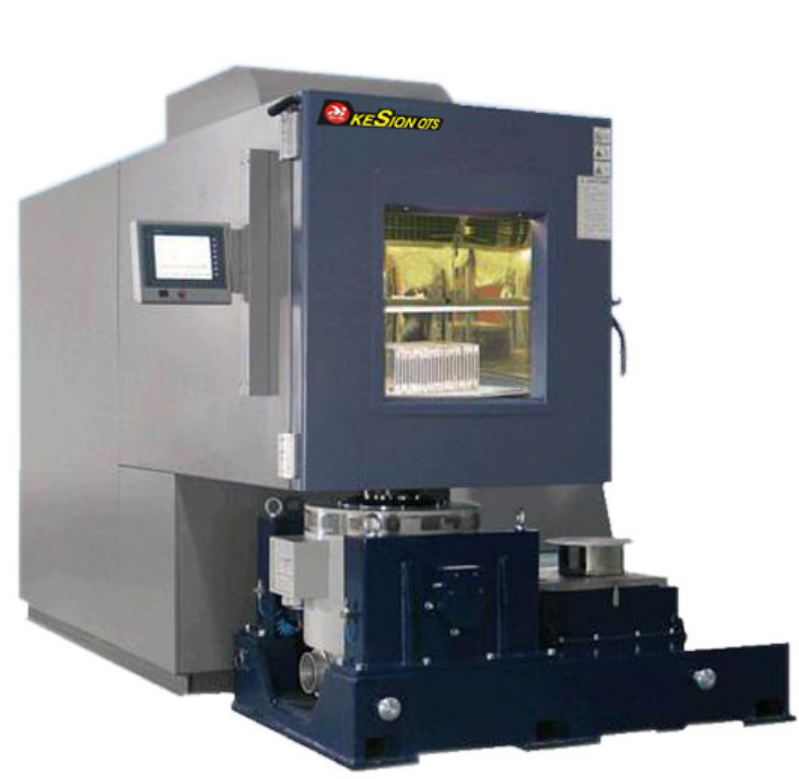Precautions for using the dust chamber
Category: Industry News
Category: Company News
Precautions for Using a Dust Chamber
The dust chamber, also known as a "sand and dust test chamber", simulates the destructive effects of natural wind and sand climates on product development. It is used to analyze and test the performance of the shell sealing system of technical products, mainly including the IP5X and IP6X tests specified in the shell protection level evaluation standard.

Why is it called a dust chamber? Because this machine can simulate the damage caused by natural wind and sand climates to the corresponding products. This is especially important for testing the sealing performance of the shell, and is particularly suitable for the two levels specified in the shell protection level.
The dust chamber can create a climate where dust circulates vertically. We use test dust; of course, the dust used in research experiments is different. The entire air duct system is designed and manufactured using advanced stainless steel plate technology. The bottom of the air duct and the conical hopper are connected in a networked manner. When the fan enters the air inlet, it connects directly to the air duct and then enters the working chamber, forming a vertically circulating system. This is to ensure smoother airflow and more uniform dust distribution. In fact, the dust chamber uses a single, high-power, low-noise centrifugal fan, and then uses a variable frequency speed regulator to control the wind speed as needed.
If the dust chamber equipment malfunctions, stop operation immediately and inspect. After finding the fault, the dust test chamber can be repaired.
1. If abnormal noise is heard during operation, stop the machine for inspection. After identifying and resolving the fault, restart the machine to avoid affecting the service life of the dust chamber.
2. Keep the test chamber clean and tidy;
3. Avoid external impacts to the chamber; When moving the dust test chamber, avoid dropping, bumping, scratching, twisting, shaking, or squeezing the equipment;
4. Avoid tilting the dust chamber;
5. Avoid contact with chemicals when handling the equipment;
6. Maintain a dry environment in the laboratory;
Check the circuit control system before each startup
8. Confirm the power supply and grounding wires;
9. Ensure that the power cord is properly connected according to specifications and is properly grounded;
10. An exhaust fan should be installed in the laboratory to maintain ventilation;
11. Turn off the power to the dust chamber after the test;
12. After each test, remove the sample and clean the dust test chamber
13. Operation of this equipment is prohibited for non-professionals.

